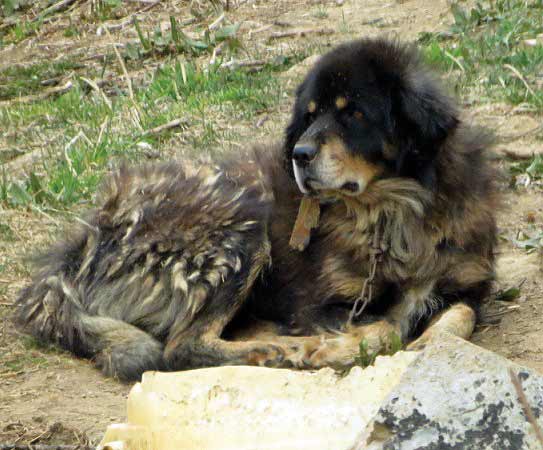
The liquid gold of fabrics, pashmina is the considered one of the finest materials to make clothing from. Pashmina comes from an indigenous goat breed, Capra Hircus, usually found in the Himalayan regions of Kashmir, Tibet and Nepal. The history of where it originated is highly debatable but scholars and historians believe it dates back at least to the 15th century. Regardless of where and how it originated, pashmina is extremely beautiful and delicate, and is considered one the greatest fabric to have ever been created.
When speaking about pashmina products, certain designs are more prevalent than others. Most usually have a solid color or dip-dye design, due to the delicate nature of the fabric. Doing elaborate designs on such fine material is difficult and expensive. Companies use various different mechanical and hand looms to create a high quality product. With limited options, patterns and designs, the big question is, can intricate design be done on pashmina products to add a little flavor and change to the traditional styles? The answer is yes!
Anin Rajbhandari, owner of Tara Oriental, has been in the pashmina business for over two decades. He shares, “People are being more fashion conscious. We as providers of such products need to change with the market. The market is ever changing and as designers and manufacturers, we need to understand what the market wants.” Designs on pashmina products now have more patterns and such as compared to just plain solid or dip-dye designs. A family business, his company has seen the market changes and incorporated and worked with various renowned designers to conceptualized and create something different to spice up things.
Another big name in the Nepali pashmina industry is Sunil Shrestha. A young and energetic individual, he can be credited (though this is disputable) for bringing such designs into the market. “I grew up in this business, and my father taught me everything there is to know about pashmina. And when it was time to separate from him and start my own venture, I had a long discussion about pashmina’s future in Nepal,” he shares. Everywhere he went, he saw the same old patterns and as he formulated his plans he decided that wanted to create something different. He set out to open his own shop and started working on the mechanics of how to create designs that would showcase something different.
So if it can be done, why is it difficult to make such designs? The answer lies in the fabric itself. “The fabric or the raw product is very thin, thinner than your normal hair. So naturally it is difficult itself to handle the product let alone create elaborate designs. Not to mention the lengthy process that goes into harvesting these fibers,”explains Hari Saire of Fewa Pashmina. He also shares that since the fabric is dyed in single color, a solid design is much easier, as well as cheaper. “It can be done. There are ways it can be done. We have people who want special orders made just for them and we do have the resources and the capability to make such designs,”he says.
The first thing that comes to mind when talking about pashmina is its quality, softness and durability. Another is that it is primarily either in a solid color or with minimal designs. But as we’ve seen, elaborate designs are not a far-fetched idea, as they are being made and will be for years to come. For every product there needs to be a revival, and for pashmina the revival came from not the manufacturers’ vision but from the customers themselves. They were the driving force with their demands for more variety from the pashmina producers.
Also, the market has become very diluted when it comes to pashmina manufacturers and the product itself. Authentic companies are having a difficult time competing with smaller producers who are deviously selling fake products under the pretext of being genuine pashmina. “This is a big concern for authentic manufacturers like us,” says Hari Saire. “People are selling products that are downright fakes and at a much lower price.” It is big concern for the industry, even at a time when it is being revolutionized by a handful of individuals with new ideas and designs, yet are suffering because of forged merchandise.
Nepalese pashmina is renowned throughout the western market. Most of the products are shipped abroad and are gaining a well-regarded reputation. Manufacturers are making a commendable effort, putting imagination and commitment into transforming the industry. One such example is the implementation of designs not seen before in pashmina products. Yes, much of this is possible through the advancement of looms as well as the transcendent ideas of the designers. And we cannot forget to thank customers as well for wanting change in the market and we can only hope the authentic pashmina industry continues to thrive and transform.











